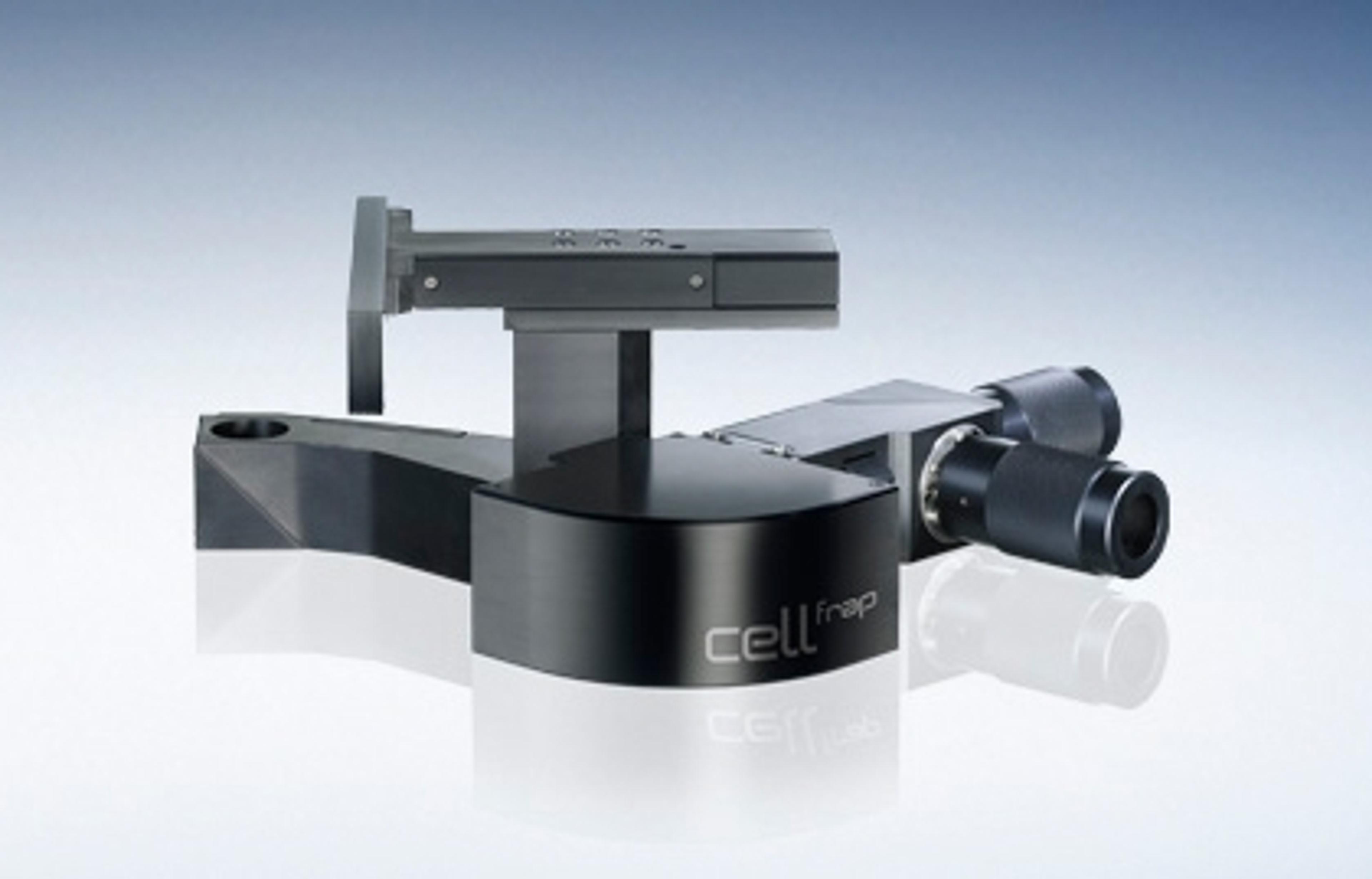Olympus cellFRAP: High-Speed Photomanipulation for Fast In-Vivo Processes
Olympus introduces its new cellFRAP imaging platform for the acquisition, monitoring and analysis of dynamic in-vivo processes by photomanipulation techniques
7 Sept 2015Enabling the easy addition of photomanipulation techniques to imaging platforms, Olympus has launched a new cellFRAP deck system for the popular IX3 ‘open source concept’ IX83 and IX73 microscopes. Designed with researchers in mind, the easy-to-use platform delivers highly accurate and flexible live-cell photomanipulation, with excellent optical performance and µsprecise control.
Capturing fast in-vivo processes is possible thanks to the highest spatial and temporal resolution. Driven by the Olympus Real-time controller, the cellFRAP system achieves an unrivalled short switchover time of only 200 µs between bleach and post-bleach acquisition. This ensures detection of the initial, and most valuable, sample response after stimulation. Interactive and precise positioning of the bleaching region across the full field of view (FOV) is possible according to individual requirements, where unlike conventional widefield-based FRAP systems, Olympus’ cellFRAP employs a diffraction-limited laser spot. This ensures that photomanipulation reaches every point in the FOV without needing to move the sample.
Seamless integration into cellSens imaging software enables easy set-up and control of experiments. A straightforward auto-calibration wizard makes it easy to adjust the scanner to the camera, while using the cellFRAP solution in the cellSens Graphical Experiment Manager provides intuitive system set-up and experiment control. This ensures excellent flexibility in experiment design and perfect synchronization for maximum speed performance.
The cellFRAP system enables users to easily extend their imaging platform with photomanipulation capabilities, and the availability of compatible accessories for the IX3 microscopes allows photomanipulation experiments to be set-up in combination with other high-end systems, for example, spinning disk or TIRF.

